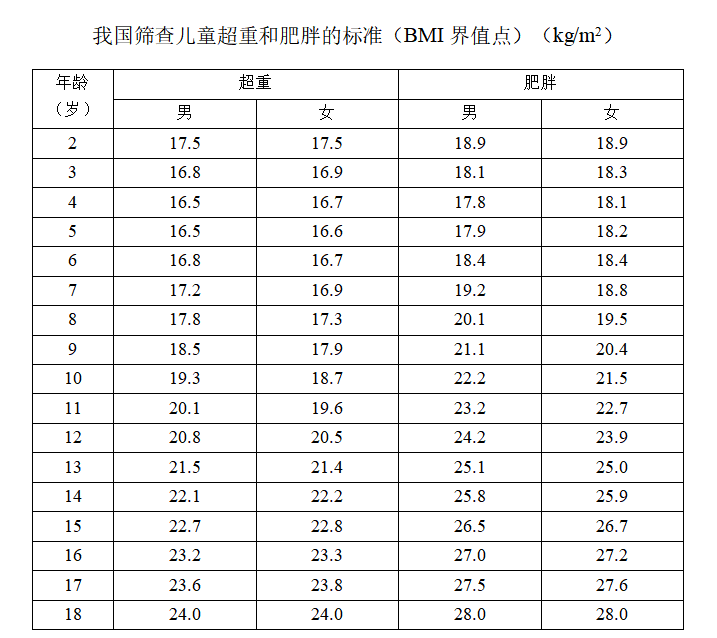How to deal with obesity in children?
Obesity is defined as abnormal or excessive fat accumulation that presents a risk to health. Obesity can be divided into simple obesity and pathological obesity. Simple obesity is closely related to lifestyle.
Symptoms of obesity
Children with simple obesity are usually tall and have a hyperactive appetite and a large food intake. As obesity increases, children become less physically active. Severely obese children may suffer from acanthosis nigricans.
Harm arising from obesity
Obesity is a systemic disease that has negative impact on the endocrine system, cardiovascular system, and digestive system and also affects psychological behaviors. Obesity can cause diabetes, high blood pressure and high cholesterol with many complications and may lead to poor self-esteem and depression as well.
Measurement of obesity in children
The body mass index (BMI), which provides a guideline of weight in relation to height, is the accepted measure of overweight and obesity. BMI=weight(kg)/height(m2). The boundary of BMI for children between two and 18 years of age in China is shown in the following table.

Prevention of childhood obesity
The principle of preventing obesity is reducing energy intake and body fat and increasing energy consumption. Treatment should be taken according to the causes of obesity and corresponding complications. Diet modification and increased exercise are the main ways to control children's weight.
Diet modification
Classify foods according to energy density: Low-calorie foods are labeled with green, showing that they can be consumed freely; medium-calorie foods are labeled with yellow, indicating cautious intake; high-calorie foods are labeled with red, suggesting that they should be eaten as little as possible.
Macronutrient allocation method: Limiting energy intake can be achieved by changing the energy allocation ratio of macronutrients (protein, fat, carbohydrates) or by increasing the quality of carbohydrates.
More exercises
Healthy children aged between six and 17 should take at least 60 minutes of moderate-to-high intensity physical activity every day and have three sessions of high-intensity physical activity and three times of resistance exercises per week.
Moderate-intensity activities, such as jogging, swimming, ball games and cycling. are preferred physical activities for children,
Links
>
Copyright© Chinese Center for Disease Control and Prevention. All rights reserved.
京ICP备11024750号-1 京公网安备11011402013004号
京ICP备11024750号-1 京公网安备11011402013004号






